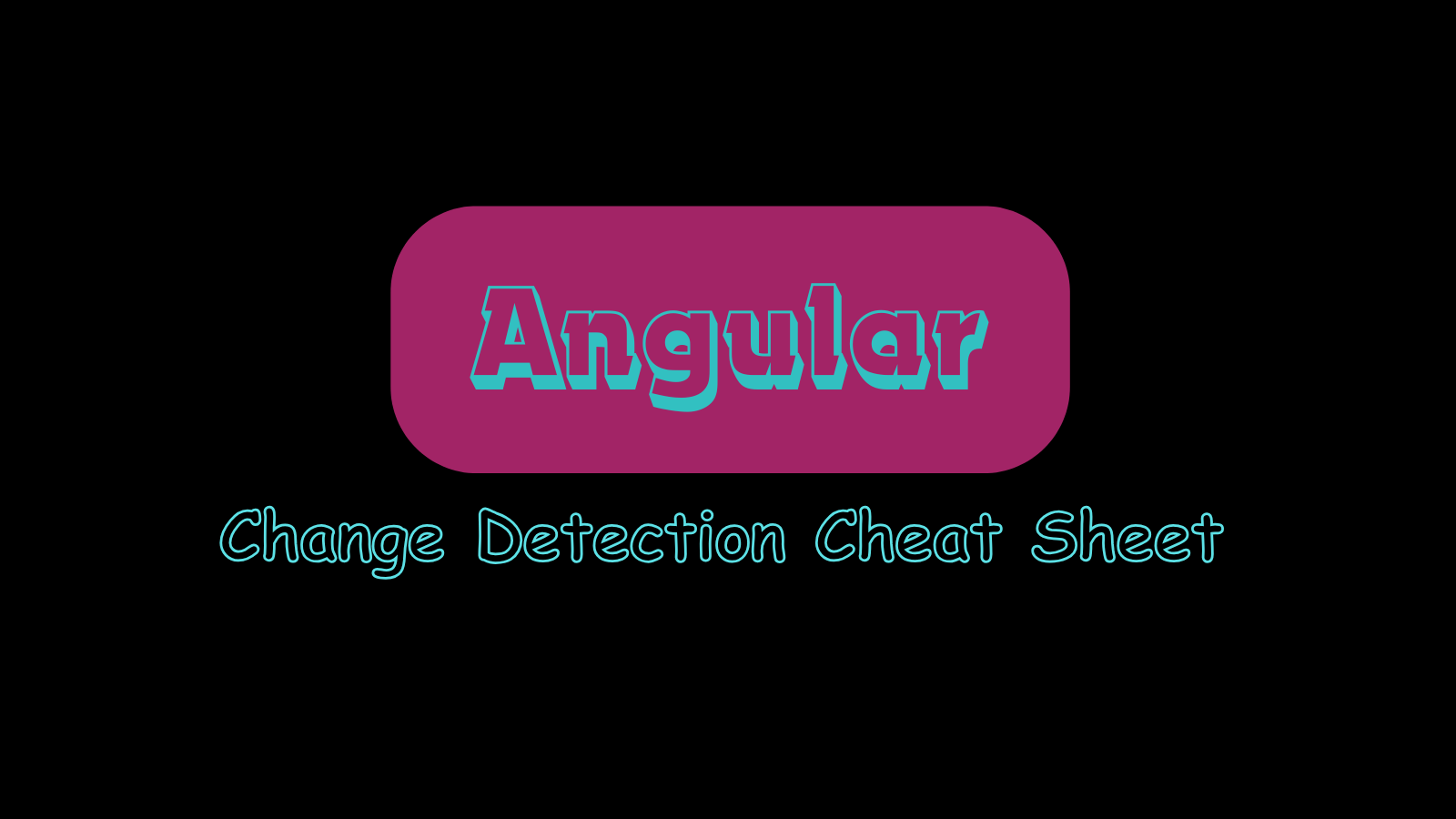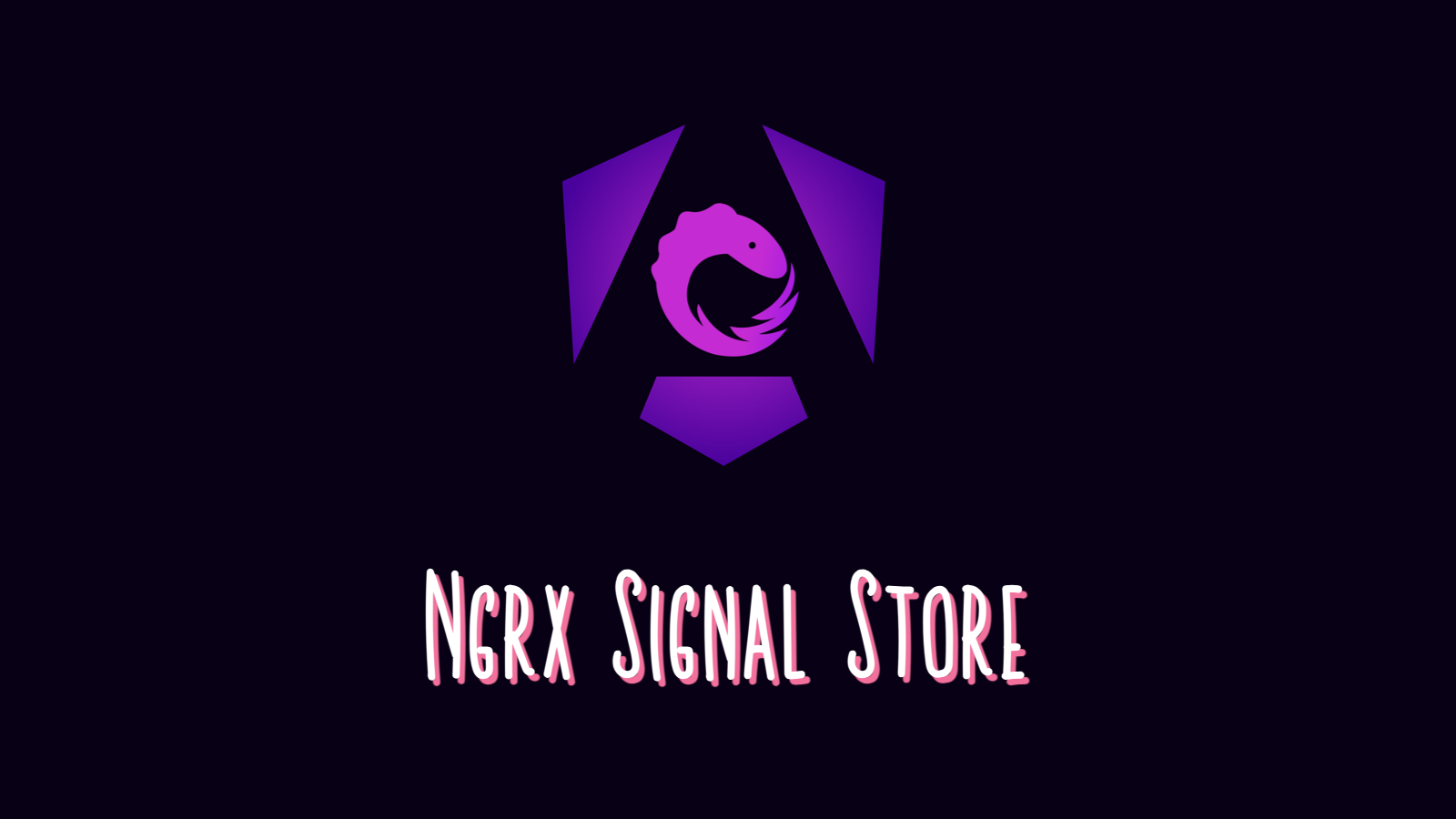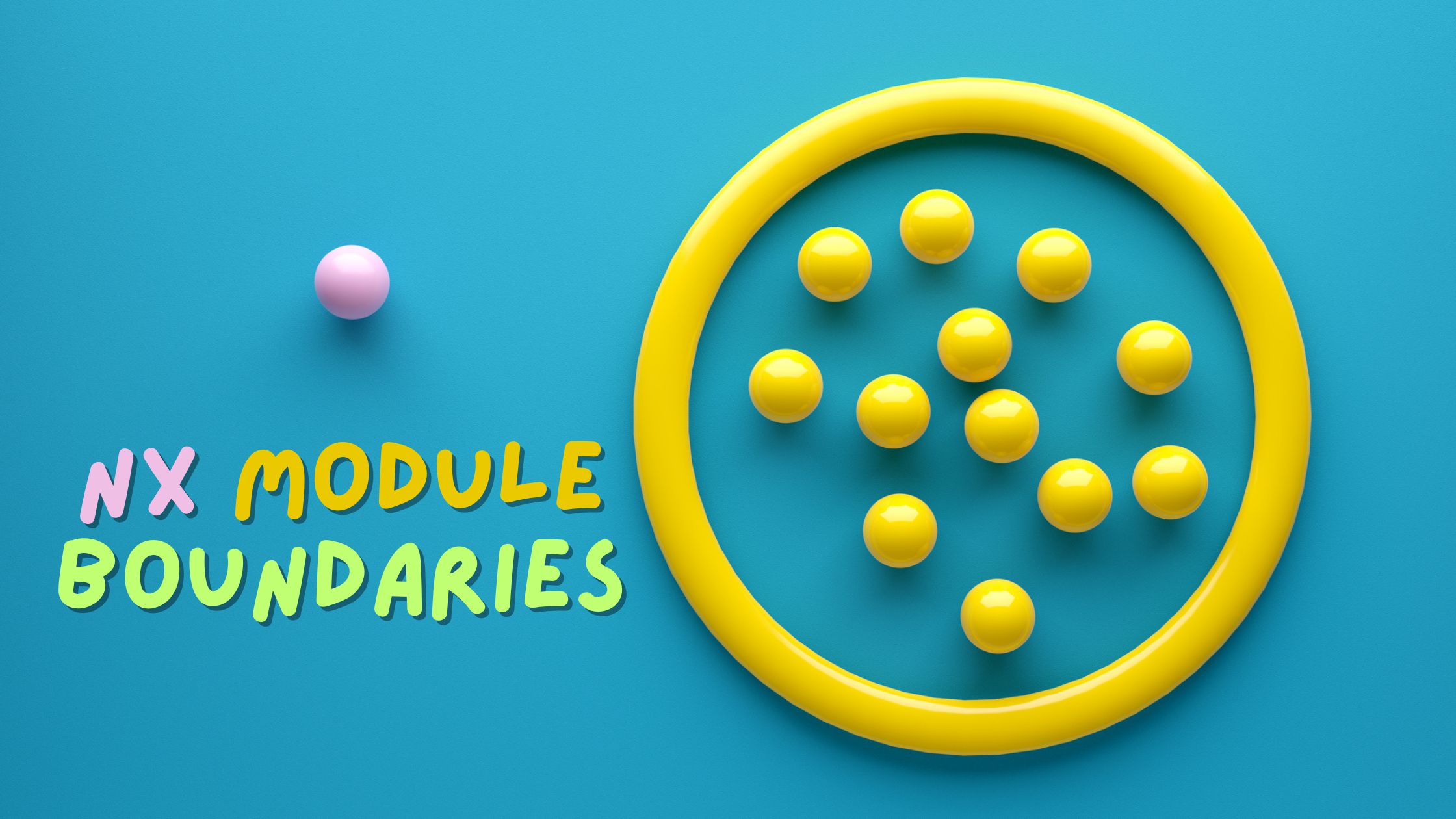How to organize your libs in a nrwl/nx monorepo
-
 Stefanos Lignos
Stefanos Lignos - Modified Fr Aug, 2025

In this article you can find a real world example and a short explanation of how you can organize the libs in an Angular nrwl/nx monorepo. You can find the code on the following Github repository.
In this project, there is one app (learning-tube) which consumes the libraries under the libs folder.
Folder structure
libs
> learnings
> data-access
> feature-list
> feature-search
> shell
> model
> utils-testing
> shared
> data-access
> ui
> model
> users
> data-access
> feature-list
> feature-search
> shell
> model
> utils-testingTag in Multiple Dimensions
I used two classifiers to name my libraries. The first classifier is the scope and the second the type. The main reason is that I want every developer when he looks at a library to understand where this library can be used and which kind of services/components/etc it contains.
Scope classifier
The scope is the section (domain) of the app the library can be used for. In this project, the scope is a section of the app since I have only one app. In a repository with more than one apps, the scope can be each one of these apps. The scope gives a clear indication that a feature belongs to a specific domain. For example the libraries under the learnings scope, are used in the learnings page, the libraries under the users scope in the users page and the libraries under the shared scope can be reused between all the sections of the app.
Type classifier
The type indicates the purpose of a library. I have used 6 different types (feature, data-access, ui, feature-shell, utils, model).
Feature layer
The feature-… type contains smart components. These are components which enable the communication with the data-sources (most likely they inject api services).
Data Access layer
The data-access type contains code for interacting with the server. An example from the users-data-access library is:
users
> data-access
> learnings-api.service
> learnings-store.serviceUI layer
The ui type contains dumb (presentational) components. These components are reusable in the scope of this library. In this project we have a ui library only in the shared folder. The components of this library can be used with every other library. However, we could also have domain specific presentational components. In this case, the ui library would be under the learnings or users scope and could be used only in the libraries that belong to this domain.
Shell layer
The shell is the glue between the feature-… libs. It is responsible for combining different features into a shell component, which is lazy-loaded via the application’s routes. Alternatively, it can export a route configuration that is lazy-loaded from the application’s route configuration. In this project, the shell libraries export a route configuration (example in repo), which are lazy loaded from the application.
Utils layer
The utils libraries are used in this case to keep some mock data and services for the testing. Generally they contain low level code used by all the other libraries in the same scope.
Model layer
The model libraries contain (shared) domain models. It might contain interfaces, types, enums, DTOs, entities, etc.
That was just one example of how you can organize libraries in an Nrwl/Nx monorepo. Of course, every team can define their own structure and library types based on their specific needs. I hope you found this example helpful!


